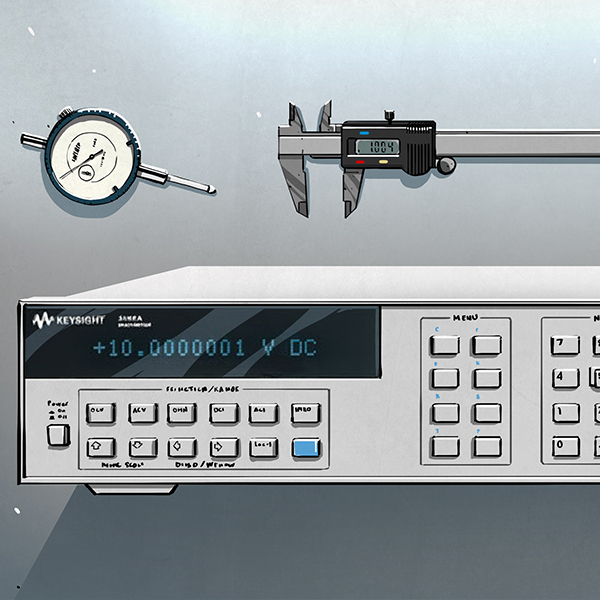
Pulse Width Modulation is a topic that tends to give a lot of beginners trouble. [Daqq], whose nixie plasma ball we covered a few days ago, has a simple but effective PWM project that you should take a look at. The circuit used 9 LEDs clustered together into 3 sets of RGB modules and connected them to an AVR ATtiny2313 through some current limiting resistors. Most of the time the PWM function of the AVR’s timers would be used to generate the signal but this application calls for 9 signals which is more than can be produced by this chip. The workaround is to generate the signals using software PWM. Continue reading “Software Pulse Width Modulation”















